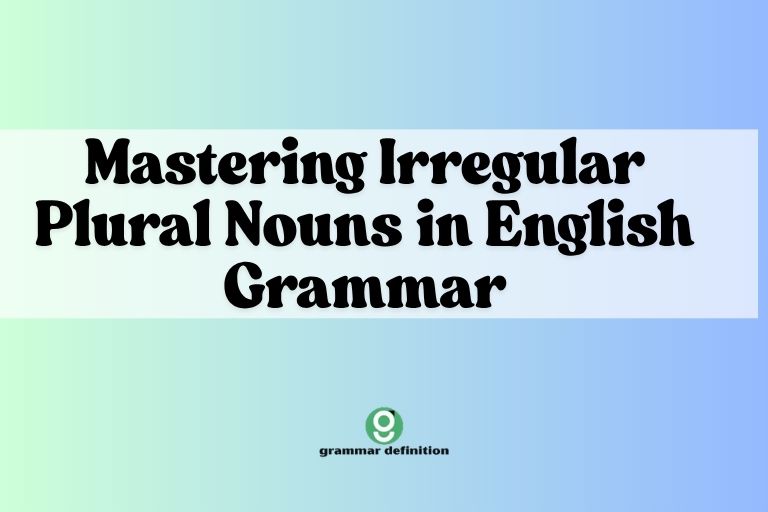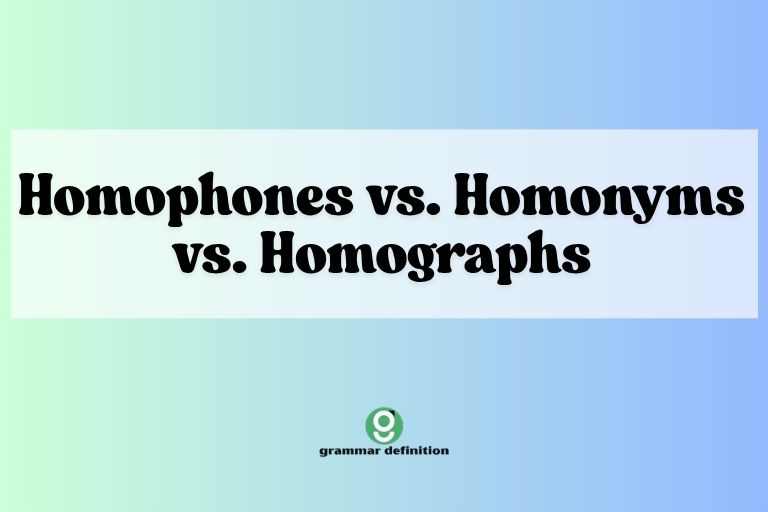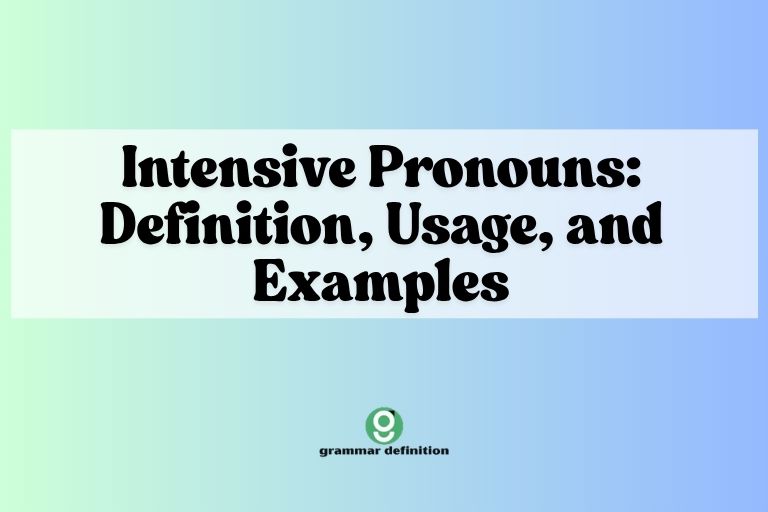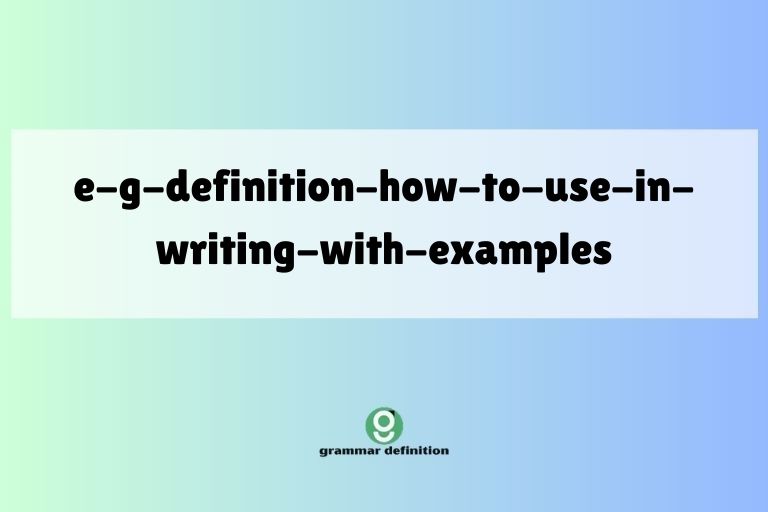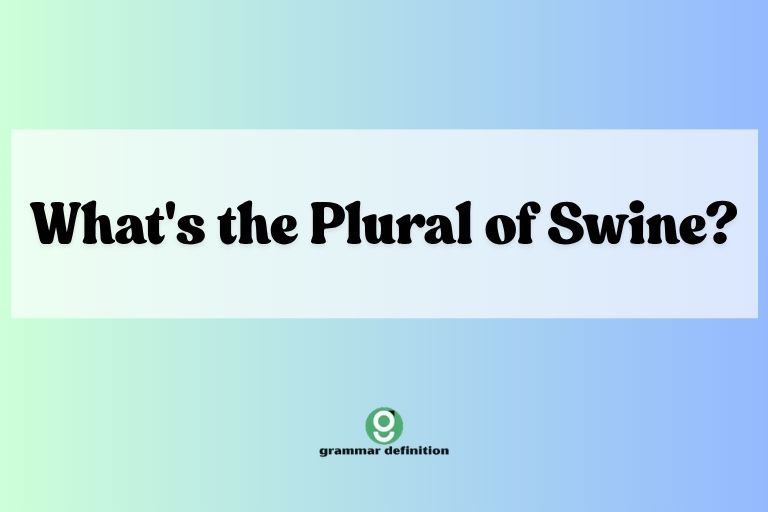Creative Ways to Say Welcome: A Comprehensive Guide
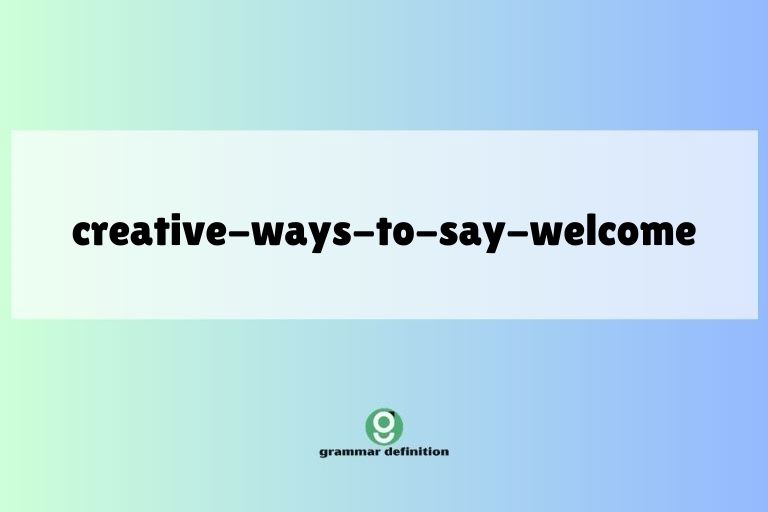
The English language offers a multitude of ways to express welcome, far beyond the simple “You’re welcome” or “Welcome.” Mastering these diverse expressions not only enriches your vocabulary but also enhances your ability to create a warm and inviting atmosphere in various social and professional contexts. This article delves into the nuances of welcoming phrases, exploring their meanings, usage, and the subtle differences that make each one unique.
Whether you’re an ESL learner, a seasoned writer, or simply someone looking to add flair to your communication, this guide provides the knowledge and tools to express welcome with confidence and creativity. By understanding the context and choosing the right words, you can make a lasting positive impression on those you encounter.
Table of Contents
- Introduction
- Definition of “Welcome” and Related Concepts
- Structural Breakdown of Welcoming Phrases
- Types of Welcoming Expressions
- Examples of Creative Welcoming Phrases
- Usage Rules for Welcoming Phrases
- Common Mistakes When Using Welcoming Phrases
- Practice Exercises
- Advanced Topics in Welcoming Expressions
- Frequently Asked Questions (FAQ)
- Conclusion
Definition of “Welcome” and Related Concepts
The word “welcome” functions as both a verb and an adjective, carrying slightly different but related meanings. As a verb, “welcome” means to greet someone in a polite or friendly way upon their arrival.
It implies acceptance, hospitality, and a positive reception. As an adjective, “welcome” describes something that is gladly received or regarded with pleasure.
It suggests that something is agreeable, desirable, and appreciated. Understanding these dual roles is crucial for using the word effectively in various contexts.
Beyond the basic definition, “welcome” encompasses a range of related concepts, including hospitality, acceptance, and inclusivity. It’s not just about uttering a word; it’s about creating an environment where individuals feel comfortable, valued, and respected.
The nuances of welcoming expressions often depend on the specific situation, the relationship between the speaker and the recipient, and the overall cultural context.
Structural Breakdown of Welcoming Phrases
Welcoming phrases can take various structural forms, ranging from simple interjections to complex sentences. Understanding these structures allows you to construct your own creative and contextually appropriate welcoming expressions.
Simple Interjections: These are short, expressive words or phrases used to convey a welcoming sentiment. Examples include “Welcome!” “Hello!” and “Hi there!” These are often used as standalone greetings.
Declarative Sentences: These are statements that explicitly express welcome. Examples include “You’re welcome,” “We’re glad to have you,” and “It’s a pleasure to meet you.” These sentences directly convey the speaker’s positive feelings about the recipient’s arrival or presence.
Imperative Sentences: These are commands or requests that invite someone to feel welcome. Examples include “Come in,” “Make yourself at home,” and “Please, have a seat.” These sentences encourage the recipient to relax and feel comfortable.
Question Forms: While less common, questions can also be used to express welcome, particularly in situations where you want to confirm someone’s arrival or offer assistance. Examples include “Did you have a good trip?” and “Can I help you with anything?”
Types of Welcoming Expressions
Welcoming expressions can be categorized based on their level of formality, the degree of enthusiasm they convey, and the specific context in which they are used. Recognizing these different types allows you to choose the most appropriate expression for any given situation.
Formal Welcomes
Formal welcomes are typically used in professional settings, when addressing someone you don’t know well, or when showing respect to someone of higher status. These expressions tend to be more polite and reserved.
Examples of formal welcomes include:
- “Welcome, Mr./Ms. [Last Name]. We are delighted to have you.”
- “It is a pleasure to welcome you to [Organization/Event].”
- “We extend a warm welcome to all our esteemed guests.”
- “Welcome to [Location]. We hope you have a pleasant experience.”
- “We are honored to welcome you as our guest speaker.”
Informal Welcomes
Informal welcomes are appropriate for friends, family, and close acquaintances. These expressions are more relaxed and casual.
Examples of informal welcomes include:
- “Hey! Welcome back!”
- “So glad you could make it!”
- “Welcome! Come on in!”
- “It’s great to see you!”
- “Welcome to the party!”
Enthusiastic Welcomes
Enthusiastic welcomes express a high level of excitement and joy at someone’s arrival. These expressions are often used when welcoming someone you haven’t seen in a long time or someone you are particularly fond of.
Examples of enthusiastic welcomes include:
- “Welcome! We’ve been waiting for you!”
- “I’m so excited you’re here! Welcome!”
- “Welcome! This is going to be amazing!”
- “Welcome! You have no idea how happy I am to see you!”
- “Welcome! Let the fun begin!”
Professional Welcomes
Professional welcomes are used in business settings to greet clients, colleagues, or visitors. These expressions should be polite, respectful, and professional.
Examples of professional welcomes include:
- “Welcome to [Company Name]. How can I assist you today?”
- “Welcome, [Name]. We’re pleased to have you on the team.”
- “Welcome to our office. Please, have a seat.”
- “Welcome to the presentation. We hope you find it informative.”
- “Welcome, [Name]. Thank you for taking the time to meet with us.”
Regional Welcomes
Different regions and cultures may have their own unique ways of expressing welcome. These expressions often reflect local customs and traditions.
Examples of regional welcomes include:
- “Aloha!” (Hawaiian)
- “Bienvenido!” (Spanish)
- “Willkommen!” (German)
- “Benvenuto!” (Italian)
- “Konnichiwa!” (Japanese)
Examples of Creative Welcoming Phrases
This section provides a comprehensive collection of creative welcoming phrases, categorized for easy reference. These examples demonstrate the versatility of the English language and offer inspiration for crafting your own unique expressions of welcome.
The following tables provide a variety of welcoming phrases, broken down by category. Each table contains at least 20 examples, offering a wide range of options for different situations and relationships.
Table 1: General Welcoming Phrases
This table lists general welcoming phrases suitable for a variety of situations. They are appropriate for both formal and informal contexts, depending on the tone and delivery.
| # | Welcoming Phrase |
|---|---|
| 1 | Welcome! We’re so glad you’re here. |
| 2 | You’re most welcome! |
| 3 | It’s a pleasure to have you. |
| 4 | We’re delighted to welcome you. |
| 5 | Welcome to the team! |
| 6 | A warm welcome to you. |
| 7 | We extend a hearty welcome. |
| 8 | So happy to see you! Welcome! |
| 9 | Welcome, and make yourself comfortable. |
| 10 | We hope you feel welcome here. |
| 11 | Welcome to the neighborhood! |
| 12 | Welcome to our home. |
| 13 | Welcome, we’ve been expecting you. |
| 14 | It’s wonderful to have you with us. Welcome! |
| 15 | Welcome! We’re honored to have you. |
| 16 | Please, come in and welcome! |
| 17 | Welcome, and thank you for coming. |
| 18 | We’re thrilled to welcome you. |
| 19 | Welcome! We appreciate your presence. |
| 20 | We’re glad to welcome you aboard. |
| 21 | Welcome, it’s a pleasure to meet you. |
| 22 | Welcome! We’re looking forward to working with you. |
| 23 | Welcome, feel free to ask if you need anything. |
| 24 | Welcome to the family! |
| 25 | Welcome, we’re happy to have you back. |
Table 2: Informal and Friendly Welcoming Phrases
This table provides welcoming phrases that are suitable for friends, family, and casual acquaintances. They convey warmth and friendliness.
| # | Welcoming Phrase |
|---|---|
| 1 | Hey! So good to see you! |
| 2 | What’s up? Welcome! |
| 3 | Glad you could make it! |
| 4 | Come on in! Welcome! |
| 5 | Long time no see! Welcome back! |
| 6 | It’s awesome to have you here! |
| 7 | Welcome! Ready for some fun? |
| 8 | So stoked you’re here! Welcome! |
| 9 | Welcome! Make yourself at home. |
| 10 | Good to see your face! Welcome! |
| 11 | Welcome! Let’s catch up. |
| 12 | Welcome! I’ve missed you. |
| 13 | Welcome! You made it! |
| 14 | Welcome! Come on in and relax. |
| 15 | Welcome! So glad you could join us. |
| 16 | Hey there! Welcome! |
| 17 | Welcome! What took you so long? (said playfully) |
| 18 | Welcome! The party’s just getting started. |
| 19 | Welcome! You’re just in time. |
| 20 | Welcome! Grab a drink and join the fun. |
| 21 | Welcome! How was the trip? |
| 22 | Welcome! Let’s celebrate! |
| 23 | Welcome! So good to have you around. |
| 24 | Welcome! What’s new? |
| 25 | Welcome! You’re a sight for sore eyes. |
Table 3: Formal and Professional Welcoming Phrases
This table lists welcoming phrases suitable for professional settings, such as welcoming a client, a new employee, or a guest speaker. They emphasize respect and professionalism.
| # | Welcoming Phrase |
|---|---|
| 1 | Welcome to [Company Name], Mr./Ms. [Last Name]. |
| 2 | It’s a pleasure to welcome you to our organization. |
| 3 | We are honored to have you as our guest speaker. Welcome! |
| 4 | Welcome, [Name]. We appreciate you taking the time to meet with us. |
| 5 | Welcome to the team! We’re thrilled to have you on board. |
| 6 | We extend a warm welcome to all attendees of the conference. |
| 7 | Welcome! Please, allow me to introduce myself. |
| 8 | Welcome to our facilities. We hope you have a productive visit. |
| 9 | Welcome, [Name]. We look forward to a successful partnership. |
| 10 | Welcome to our company. How may I assist you today? |
| 11 | Welcome! We are delighted to have you join us for this event. |
| 12 | Welcome, and thank you for your interest in our company. |
| 13 | Welcome! We hope you find our services to be beneficial. |
| 14 | Welcome, [Name]. It’s a pleasure to finally meet you in person. |
| 15 | Welcome to the workshop! We hope you find it informative. |
| 16 | Welcome! We value your business and appreciate your patronage. |
| 17 | Welcome, and please don’t hesitate to ask if you have any questions. |
| 18 | Welcome! We are committed to providing you with excellent service. |
| 19 | Welcome, [Name]. We appreciate your collaboration on this project. |
| 20 | Welcome to our annual meeting. We’re pleased to see you here. |
| 21 | Welcome! We trust you had a pleasant journey. |
| 22 | Welcome, and thank you for attending this important session. |
| 23 | Welcome! We are eager to hear your insights and perspectives. |
| 24 | Welcome, and we hope you will consider our offer favorably. |
| 25 | Welcome! We look forward to a long and prosperous relationship. |
Table 4: Enthusiastic and Excited Welcoming Phrases
This table showcases welcoming phrases that are brimming with enthusiasm and excitement. They are ideal for situations where you want to express genuine joy and excitement at someone’s arrival.
| # | Welcoming Phrase |
|---|---|
| 1 | Welcome! I can’t believe you’re finally here! |
| 2 | Oh my gosh, welcome! I’m so excited to see you! |
| 3 | Welcome! This is going to be the best time ever! |
| 4 | Welcome! You have no idea how much I’ve missed you! |
| 5 | Welcome! Let the adventures begin! |
| 6 | Welcome! I’ve been waiting for this moment forever! |
| 7 | Welcome! Get ready for an amazing time! |
| 8 | Welcome! I’m bursting with happiness that you’re here! |
| 9 | Welcome! This is going to be epic! |
| 10 | Welcome! Prepare for some serious fun! |
| 11 | Welcome! My heart is so full that you’re here! |
| 12 | Welcome! I’m jumping for joy! |
| 13 | Welcome! I’m over the moon to see you! |
| 14 | Welcome! This calls for a celebration! |
| 15 | Welcome! I’m so thrilled you could make it! |
| 16 | Welcome! You’ve made my day! |
| 17 | Welcome! Let’s make some unforgettable memories! |
| 18 | Welcome! I’m absolutely ecstatic that you’re here! |
| 19 | Welcome! This is going to be legendary! |
| 20 | Welcome! I’m on cloud nine! |
| 21 | Welcome! You’re the best! |
| 22 | Welcome! I’m so glad you’re safe! |
| 23 | Welcome! The party can truly start now! |
| 24 | Welcome! I feel like a kid again! |
| 25 | Welcome! This is the best surprise ever! |
Table 5: Regional Welcoming phrases
This table showcases welcoming phrases from different regions and cultures around the world. Using these phrases can add a unique and personal touch to your greetings.
| # | Welcoming Phrase | Language | Region |
|---|---|---|---|
| 1 | Aloha! | Hawaiian | Hawaii |
| 2 | Bienvenido! | Spanish | Spain/Latin America |
| 3 | Willkommen! | German | Germany |
| 4 | Benvenuto! | Italian | Italy |
| 5 | Konnichiwa! | Japanese | Japan |
| 6 | Bonjour! | French | France |
| 7 | Merhaba! | Turkish | Turkey |
| 8 | Shalom! | Hebrew | Israel |
| 9 | Namaste! | Hindi | India |
| 10 | Jambo! | Swahili | East Africa |
| 11 | Failte! | Irish Gaelic | Ireland |
| 12 | Sawubona! | Zulu | South Africa |
| 13 | Ahlan wa sahlan! | Arabic | Middle East |
| 14 | Selamat datang! | Malay/Indonesian | Malaysia/Indonesia |
| 15 | Huānyíng! (欢迎) | Mandarin Chinese | China |
| 16 | Dobro pozhalovat! (Добро пожаловать!) | Russian | Russia |
| 17 | Välkommen! | Swedish | Sweden |
| 18 | Witamy! | Polish | Poland |
| 19 | Bem-vindo! | Portuguese | Portugal/Brazil |
| 20 | Ongi etorri! | Basque | Basque Country (Spain/France) |
| 21 | Kia ora! | Māori | New Zealand |
| 22 | Dia duit! | Irish | Ireland |
| 23 | Talofa lava! | Samoan | Samoa |
| 24 | Bongiourno! | Swiss German | Switzerland |
| 25 | Szia! | Hungarian | Hungary |
Usage Rules for Welcoming Phrases
While there are many ways to say welcome, it’s important to use these phrases appropriately. Consider the following usage rules to ensure your welcoming expressions are well-received.
Formality: Choose a welcoming phrase that matches the level of formality of the situation. Use formal welcomes in professional settings and informal welcomes with friends and family.
Enthusiasm: Gauge the appropriate level of enthusiasm based on your relationship with the recipient and the context of the situation. Avoid overly enthusiastic welcomes in formal settings.
Sincerity: Ensure that your welcoming expression is genuine and heartfelt. People can often detect insincerity, which can undermine the positive impact of your welcome.
Cultural Sensitivity: Be aware of cultural differences in how welcome is expressed. Some cultures may have specific customs or traditions associated with welcoming guests.
Context: Tailor your welcoming phrase to the specific situation. For example, you might use a different welcoming phrase when greeting someone at your home than when welcoming them to a business meeting.
Common Mistakes When Using Welcoming Phrases
Even native English speakers sometimes make mistakes when using welcoming phrases. Here are some common errors to avoid:
Incorrect: “You are welcome to came.”
Correct: “You are welcome to come.” (The infinitive form “to come” is required after “welcome.”)
Incorrect: “Welcome in home.”
Correct: “Welcome home.” (The preposition “home” is often used without a preposition in this context.)
Incorrect: “I welcome you in behalf of the company.”
Correct: “I welcome you on behalf of the company.” (The correct idiom is “on behalf of.”)
Incorrect: “Welcome, I am happy.”
Correct: “Welcome, I am happy you are here.” (The initial phrase requires a complete sentence to follow.)
Incorrect: “You’re welcome for coming.”
Correct: “Thank you for coming.” ( “You’re welcome” is a response to thanks, not an initial greeting.)
Practice Exercises
Test your understanding of welcoming phrases with these practice exercises. Choose the most appropriate welcoming phrase for each scenario.
Exercise 1: Choose the best welcoming phrase for each scenario.
| # | Scenario | Possible Answers | Correct Answer |
|---|---|---|---|
| 1 | Greeting a new neighbor who just moved in. | a) “Welcome to the neighborhood!” b) “Aloha!” c) “We are honored to have you.” | a) “Welcome to the neighborhood!” |
| 2 | Welcoming a guest speaker to a conference. | a) “Hey, what’s up?” b) “We extend a warm welcome to our esteemed guest speaker.” c) “Come on in!” | b) “We extend a warm welcome to our esteemed guest speaker.” |
| 3 | Greeting a close friend who is visiting from out of town. | a) “Welcome! Make yourself at home.” b) “Welcome to the team!” c) “We are delighted to welcome you.” | a) “Welcome! Make yourself at home.” |
| 4 | Welcoming a new employee to the company. | a) “Welcome to the party!” b) “Welcome to the team! We’re thrilled to have you on board.” c) “Bonjour!” | b) “Welcome to the team! We’re thrilled to have you on board.” |
| 5 | Greeting someone at your home for a casual dinner. | a) “Welcome! So glad you could make it!” b) “Welcome to our facilities.” c) “Ahlan wa sahlan!” | a) “Welcome! So glad you could make it!” |
| 6 | Welcoming a client to your office for a meeting. | a) “Welcome, and thank you for your interest in our company.” b) “Failte!” c) “Welcome! Ready for some fun?” | a) “Welcome, and thank you for your interest in our company.” |
| 7 | Greeting a long-lost friend at the airport. | a) “Welcome! This is going to be epic!” b) “Welcome to the neighborhood!” c) “Welcome to our facilities.” | a) “Welcome! This is going to be epic!” |
| 8 | Welcoming a visitor to a foreign country. | a) “Welcome, and please don’t hesitate to ask if you have any questions.” b) “Willkommen!” c) “Welcome to the team!” | a) “Welcome, and please don’t hesitate to ask if you have any questions.” |
| 9 | Welcoming someone back after a long absence. | a) “Welcome, we’ve been expecting you.” b) “Welcome to the party!” c) “Welcome to our facilities.” | a) “Welcome, we’ve been expecting you.” |
| 10 | Welcoming a new member to a club. | a) “Welcome, and thank you for your interest in our company.” b) “Welcome to the club! We’re happy to have you.” c) “Aloha!” | b) “Welcome to the club! We’re happy to have you.” |
Exercise 2: Fill in the blanks with the most appropriate welcoming phrase.
| # | Scenario | Answer |
|---|---|---|
| 1 | Greeting a new student in class: “________ to our class! We’re happy to have you.” | Welcome |
| 2 | Welcoming guests to a wedding reception: “________ to the celebration of [Couple’s Names]!” | Welcome |
| 3 | Greeting someone at the door on Halloween: “________! Enter, if you dare!” | Welcome |
| 4 | Welcoming attendees to a virtual conference: “________ to our online event! We hope you enjoy the sessions.” | Welcome |
| 5 | Greeting a returning customer to your store: “________ back! It’s great to see you again.” | Welcome |
| 6 | Welcoming someone to your city for the first time: “________ to [City Name]! I hope you have a wonderful visit.” | Welcome |
| 7 | Welcoming a participant to a contest: “________ to our competition! May the best person win.” | Welcome |
| 8 | Welcoming a new follower to your social media account: “________ to my page! I hope you enjoy my content.” | Welcome |
| 9 | Welcoming visitors to a museum: “________ to the [Museum Name]! We hope you find the exhibits fascinating.” | Welcome |
| 10 | Welcoming a new member to your book club: “________ to our book club! We’re excited to discuss this month’s selection with you.” | Welcome |
Advanced Topics in Welcoming Expressions
For advanced learners, understanding the nuances of welcoming expressions goes beyond simply choosing the right words. It involves mastering the art of conveying warmth, sincerity, and cultural sensitivity.
Nonverbal Communication: Pay attention to your body language when welcoming someone. A warm smile, direct eye contact, and open posture can enhance the impact of your words.
Personalization: Tailor your welcoming expression to the individual you are greeting. Use their name, acknowledge their accomplishments, or mention something specific that you know about them.
Active Listening: After welcoming someone, engage in active listening to show that you are genuinely interested in what they have to say. Ask open-ended questions and respond thoughtfully to their comments.
Cultural Intelligence: Develop your cultural intelligence to understand and appreciate the diverse ways in which welcome is expressed in different cultures. This will help you avoid misunderstandings and build stronger relationships.
Frequently Asked Questions (FAQ)
Here are some frequently asked questions about welcoming phrases:
Q1: Is it ever inappropriate to say “You’re welcome”?
A1: While “You’re welcome” is a standard response to “Thank you,” some people find it overly formal or even slightly dismissive in certain contexts. In informal situations, consider alternatives like “No problem,” “Glad to help,” or simply “Sure.”
Q2: How can I make my welcoming expressions more sincere?
A2: The key to sincerity is to genuinely mean what you say. Make eye contact, smile, and speak in a warm and friendly tone.
Tailor your welcoming phrase to the individual and the situation to show that you are paying attention and care about their presence.
Q3: What are some alternatives to saying “Welcome” when someone arrives at my home?
A3: Instead of simply saying “Welcome,” try phrases like “It’s so good to see you,” “Come on in, make yourself at home,” or “We’ve been looking forward to your visit.” These expressions convey warmth and hospitality.
Q4: How do I welcome someone in a professional setting without sounding too formal?
A4: Strike a balance between professionalism and friendliness. Use phrases like “Welcome to our office, [Name],” “We’re pleased to have you here,” or “Thank you for taking the time to meet with us.” Avoid overly casual language, but maintain a warm and approachable demeanor.
Q5: What are some creative ways to welcome someone to a virtual meeting or event?
A5: In a virtual setting, you can use the chat function to send a personalized welcome message. Acknowledge attendees by name, express your excitement about the event, and encourage participation.
Consider using visual cues like a welcome slide or a virtual background to create a welcoming atmosphere.
Q6: How can I show someone I’m listening when they’re welcomed?
A6: Show that you are listening by nodding, maintaining eye contact, and responding thoughtfully to their comments. Ask follow-up questions and engage in active listening to
better understand their needs and expectations.
Conclusion
Mastering the art of welcoming expressions is a valuable skill that can enhance your personal and professional relationships. By understanding the nuances of different welcoming phrases, considering the context in which they are used, and practicing sincerity and cultural sensitivity, you can create a positive and inviting atmosphere for those you encounter.
Remember to choose your words carefully, pay attention to your nonverbal communication, and engage in active listening to make a lasting positive impression. With practice and attention to detail, you can become a master of welcome, making everyone feel valued and respected.

